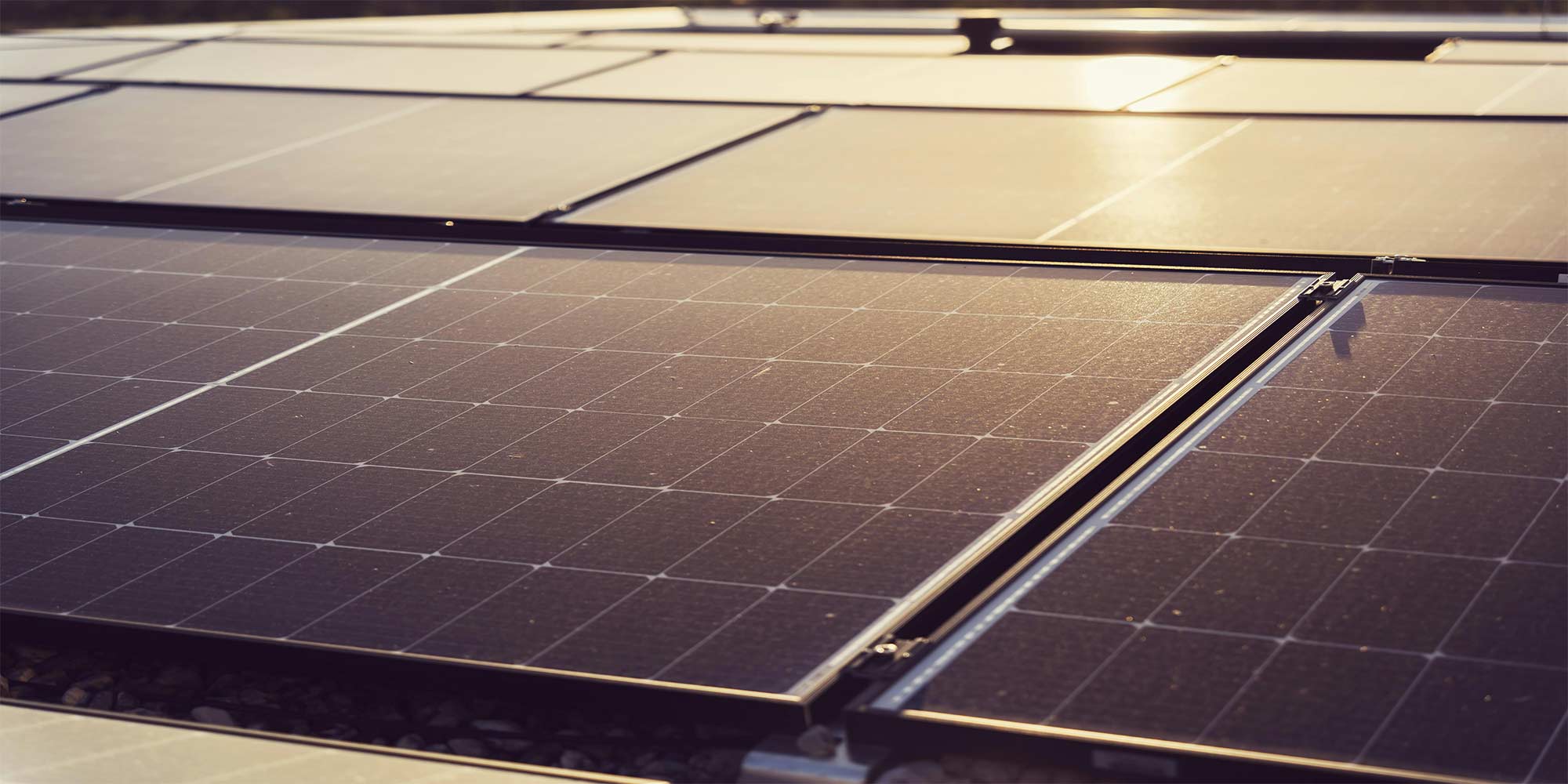Introduction:
When it comes to maximizing the efficiency and longevity of solar panels, the choice of coating material plays a crucial role. Epoxy and ceramic coatings are two popular options, each offering unique properties and benefits. In this comprehensive guide, we’ll compare epoxy and ceramic coatings, exploring their characteristics, advantages, and considerations to help you make an informed decision when selecting the right coating for your solar panels.
1. Understanding Epoxy Coatings
Epoxy coatings are widely used in various industries for their excellent adhesion, chemical resistance, and durability. In the context of solar panels, epoxy coatings provide a protective layer that shields the panel surface from environmental factors such as moisture, UV radiation, and mechanical damage. We’ll delve into the properties of epoxy coatings, their application methods, and the benefits they offer for solar panel protection.

2. Exploring Ceramic Coatings
Ceramic coatings are known for their exceptional hardness, thermal stability, and corrosion resistance. When applied to solar panels, ceramic coatings form a durable and protective barrier that enhances the panel’s resistance to environmental degradation. We’ll examine the composition of ceramic coatings, their application techniques, and the unique advantages they provide for solar panel protection and performance enhancement.
3. Comparing Performance Characteristics
In this chapter, we’ll compare the performance characteristics of epoxy and ceramic coatings, including adhesion strength, chemical resistance, UV stability, and scratch resistance. Understanding how these coatings perform under different environmental conditions and stress factors will help you evaluate their suitability for your specific application and requirements.
4. Assessing Durability and Longevity
Durability and longevity are essential considerations when selecting a coating for solar panels, as they directly impact the panel’s ability to withstand prolonged exposure to harsh environmental conditions. We’ll assess the durability and longevity of epoxy and ceramic coatings, considering factors such as resistance to weathering, thermal cycling, and mechanical abrasion.
5. Analyzing Cost and Cost-Effectiveness
Cost is a critical factor in the decision-making process when choosing a coating for solar panels. While epoxy coatings are generally more affordable than ceramic coatings, it’s essential to consider the long-term cost-effectiveness of each option, taking into account factors such as maintenance requirements, lifespan, and overall performance.
6. Considering Application and Compatibility
The application method and compatibility of the coating with the panel substrate are essential factors to consider when selecting a coating material. Epoxy coatings are typically applied using spray or brush techniques, while ceramic coatings may require specialized equipment such as plasma spray systems. We’ll explore the application methods and compatibility considerations for epoxy and ceramic coatings to help you determine the best fit for your solar panels.
7. Environmental and Health Considerations
Environmental and health considerations are becoming increasingly important in coating selection, with a growing emphasis on sustainability and eco-friendliness. We’ll examine the environmental and health impacts of epoxy and ceramic coatings, including factors such as VOC emissions, toxicity, and recyclability, to help you make an environmentally responsible choice for your solar panel coating.
8. Real-World Case Studies and Applications
To provide practical insights into the use of epoxy and ceramic coatings for solar panels, we’ll showcase real-world case studies and applications. These examples will highlight the effectiveness of each coating material in protecting and enhancing solar panel performance in various settings, from residential rooftop installations to large-scale solar farms.
9. Future Trends and Innovations
Looking ahead, we’ll explore future trends and innovations in solar panel coatings, including advancements in materials science, application techniques, and sustainability initiatives. Emerging technologies such as self-healing coatings, nanocomposites, and bio-based coatings hold the potential to further improve the performance and environmental sustainability of solar panel coatings.
Conclusion:
In conclusion, the choice between epoxy and ceramic coatings for solar panels depends on a variety of factors, including performance requirements, cost considerations, application methods, and environmental considerations. By weighing the advantages and disadvantages of each option and considering your specific needs, you can select the coating material that best suits your solar panel application, ensuring optimal performance, durability, and longevity.